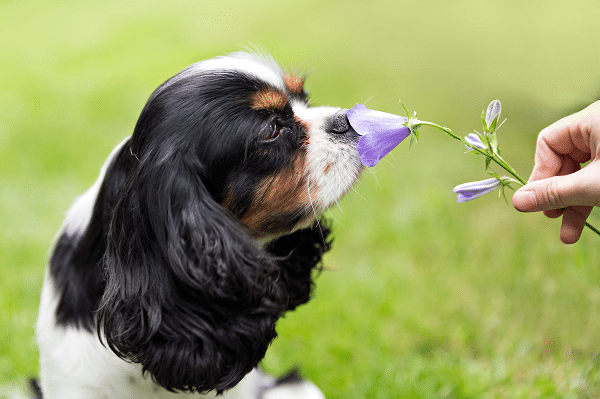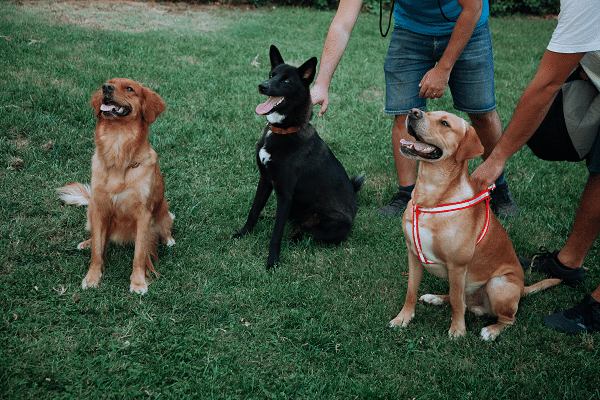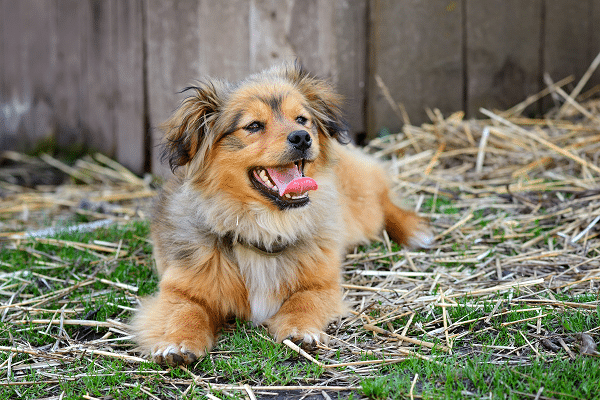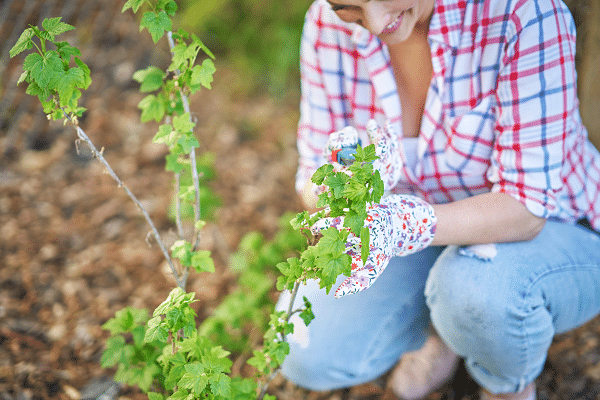A pet’s mischievous romp through a meticulously tended garden can turn hours of hard work into a scene of horticultural havoc. For those who love both their pets and their gardens, finding a balance that allows coexistence might feel like an insurmountable task. However, with a few strategic changes and some understanding of pet behaviors, harmonious living between pets and plants is not only achievable, but also enjoyable. This blog post will guide you through proven strategies to protect your garden from your playful pet without compromising on their happiness and freedom.
Contents
Install A Fence
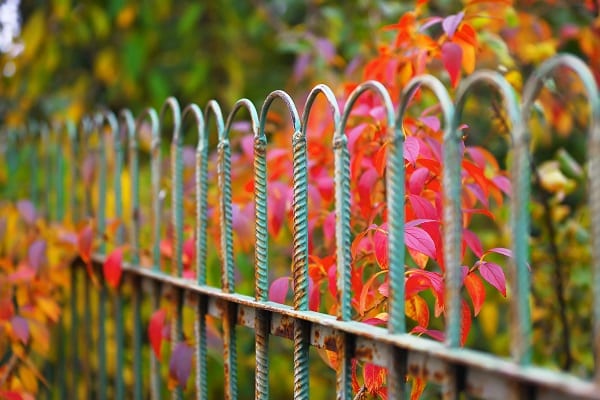
Introducing a fence as a physical barrier is an effective method of keeping pets away from off-limits garden areas. Choices of fencing materials and designs are myriad, offering options to suit any garden style and pet type. While some pets may require a sturdy wooden or metal fence, others might be deterred by a simpler, mesh design. It’s essential to consider the pet’s size, breed, and behavior while choosing the right fence. Bear in mind that some agile breeds may require a taller fence, or even a roofed enclosure, to keep them safely contained.
Regardless of the fence style chosen, it should be installed correctly to ensure safety and effectiveness. It may be worth hiring a professional to guarantee a secure installation, especially for larger or more determined pets. Moreover, incorporating the fence into the garden design can be achieved with some creative landscaping – climbing plants or border flowers can help the fence blend seamlessly with the rest of the garden.
Plant Animal Repelling Smells
Certain plants have the added benefit of repelling animals due to their strong smells. For example, marigolds emit a scent that many animals find unappealing, and they add a splash of color to any garden. Similarly, rue is an effective deterrent for cats, while dogs often steer clear of citrus plants. By strategically placing these plants in and around your garden, you can create a natural barrier that helps keep pets at bay.
Understanding the preferences of your specific pet will help inform which plants to include in your garden. Research or consult with a professional to learn about more pet-repellant plants suitable for your climate and garden conditions. Remember, the goal is not just to keep pets out, but also to maintain an attractive and enjoyable garden space. The integration of these plants should be done in a way that complements the overall garden design.
Train Your Pets
Training pets to respect garden boundaries can be an effective and rewarding strategy. By using consistent commands, positive reinforcement, and a little patience, pets can learn where they are and aren’t allowed. For dogs, commands like “leave it” or “off” can be particularly helpful. Cats, on the other hand, often respond to deterrents like water sprays or noise makers.
In some cases, especially for persistent or difficult-to-train pets, professional help may be necessary. Professional trainers or obedience classes can provide targeted strategies and techniques to help protect your garden from your pet. This help could prove invaluable in not only preserving your garden but also in strengthening your bond with your pet as you understand each other better.
Use Pet-Safe Deterrents
Exploring the world of pet-safe deterrents unveils a multitude of devices designed to keep pets away from specific areas. Motion-activated sprinklers and ultrasonic devices are two such tools that can be highly effective in protecting gardens without causing harm to pets. A motion-activated sprinkler works by detecting movement and releasing a sudden burst of water. This surprise can deter pets from re-entering the area. When installing such a device, positioning is critical: it should be placed to avoid accidental activation and should target the garden areas most frequented by pets.
Ultrasonic devices, on the other hand, use sound frequencies above the range of human hearing but within a pet’s hearing range to deter them from certain areas. While humans won’t be bothered by the noise, pets find it unsettling and will generally steer clear. As with any deterrent, these should be introduced gradually and monitored for any signs of distress or discomfort in your pets.
Create A Dedicated Pet Zone
Creating a dedicated pet zone in the garden can satisfy both a pet’s curiosity and need for space, while also protecting the rest of the garden. This space should be designed with your pet’s preferences and habits in mind. For example, dogs may appreciate a sandbox for digging or a shaded area to relax, while cats might enjoy a catnip patch or a climbing structure.
Making this space attractive and entertaining for pets is key to keeping them interested in their zone and out of the rest of the garden. This can be achieved by incorporating their favorite toys, adding a water feature, or even providing a viewing platform for cats. Regularly changing or rotating features in this zone can also help to maintain their interest over time.
Regular Supervision And Interaction
Pets often indulge in destructive behaviors out of boredom. Providing regular supervision and interaction can help reduce their interest in wreaking havoc on the garden. This interaction could take the form of regular play sessions, walks, or training activities. Pets, particularly dogs, enjoy learning new skills and being mentally challenged, so incorporating games that stimulate their minds can be particularly effective.
A key part of this strategy is understanding the pet’s natural behavior patterns and working with them rather than against them. For instance, if a dog is a natural digger, providing a designated digging area could satisfy this instinct in a controlled way. Or if a cat is a keen climber, providing cat trees or platforms can help. Keeping pets mentally and physically engaged will not only benefit the garden, but also contribute to a happier, healthier pet.
Practice Good Garden Care
Maintaining a clean and tidy garden can naturally deter pets from causing damage. Regular garden maintenance, such as removing fallen leaves and debris, can reduce the appeal of the garden as a play area. Additionally, practices like mulching can prevent dogs from digging, as they typically dislike the texture. Dense planting can also discourage pets, as it leaves little room for them to navigate or dig.
Watering the garden regularly can also contribute to a less pet-enticing environment. Wet soil is less appealing to dig in, and well-hydrated plants are less likely to attract pets. However, avoid overwatering, as this can lead to other garden issues such as root rot or fungal diseases. In essence, a well-cared-for garden not only looks beautiful but can also serve as a less enticing playground for pets.
Conclusion
Finding a balance between a vibrant garden and a happy pet need not be a Herculean task. With careful consideration and a few changes, both can thrive together harmoniously. Remember, the key lies in understanding the unique behaviors and needs of your pet, combined with some strategic garden planning. Employing methods such as installing a fence, planting pet-deterrent plants, training, and providing pet-safe deterrents, coupled with creating a dedicated pet zone and regular interaction, are all part of this balanced equation. It’s a journey of patience and persistence, but with these steps in place, you’re well on your way to a peaceful, pet-friendly garden.
